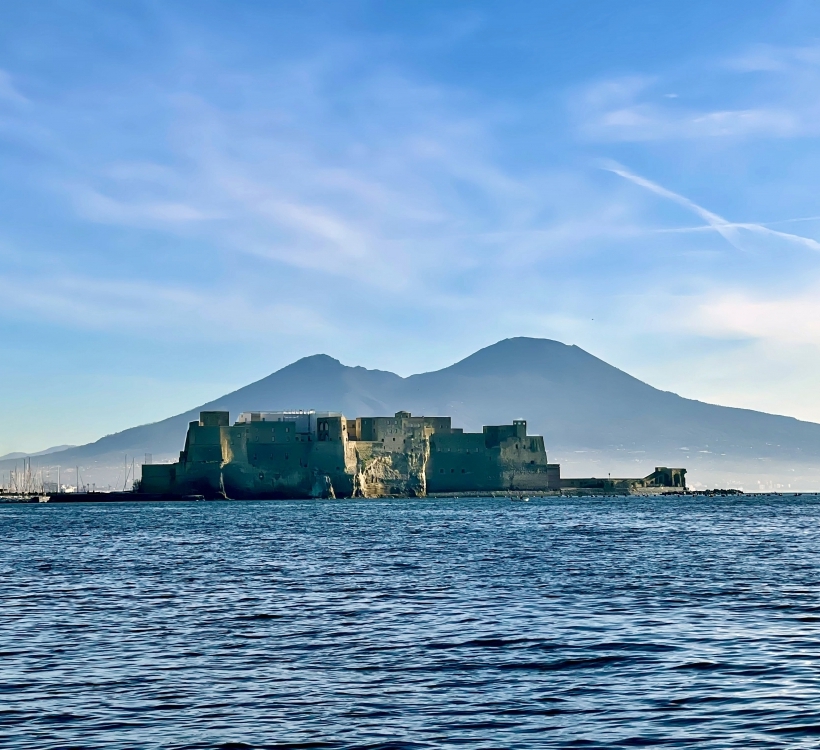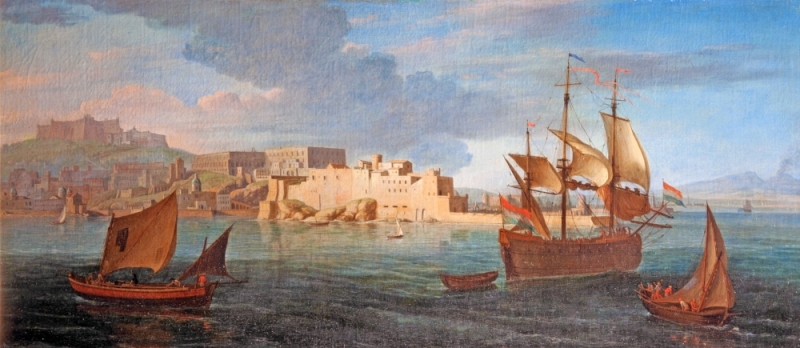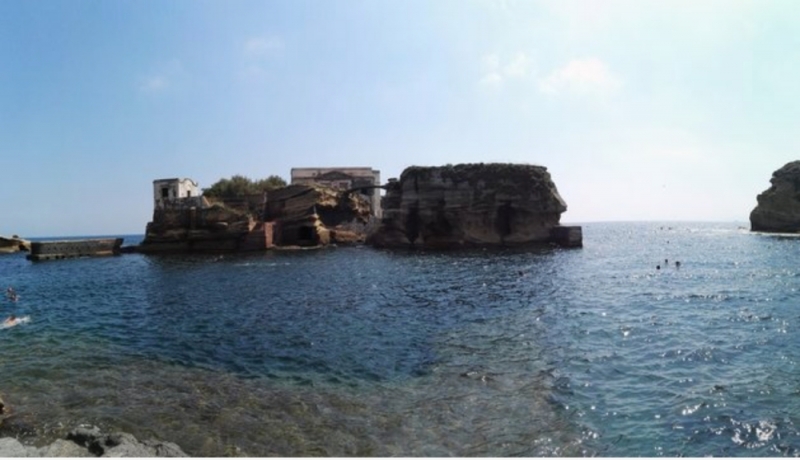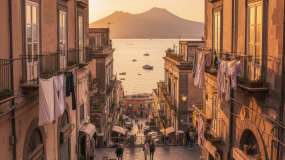Naples: A Journey between Myth and Sea
Ancient Parthenope (then Neapolis today Naples), according to historians, was founded on 21 December 475 BC, the day of the winter solstice, by the Greeks. A city that has linked its destiny and myth to the sea since its origins. In fact, the name of the city is linked to the Siren Parthenope, narrated by Homer in the XII canto of the Odyssey, who, together with two other sirens (Leucosia and Ligea), chose to die out of disappointment at not having managed to stop the sailor Ulysses . And when the sea deposited the body of Partenope on the shore of Megaride, where Castel dell'Ovo is today, it gave life to the city of Partenope.
Continuing to sail, in the inlet of Riva Fiorita, we can admire Villa Volpicelli, a beautiful castle practically in the water, the set for many years of the Rai TV series "Un Posto al Sole".
The Charm of Naples from the Sea: An Itinerary between History and Nature
Therefore, born from the sea, it is seen from the sea which shows its most beautiful, most romantic side and which still today, as the mermaids did in the Odyssey, enchants tourists who sail the waters of its Gulf.
This is why a visit to Naples cannot be considered complete if you do not rent a dinghy or rely on an organized tour (see https://www.charter-napoli.it ) to admire it from its most beautiful and romantic side, in especially if done at sunset. Explore its mermaid-shaped Gulf starting from Bagnoli or even Pozzuoli with its Rione Terra, ending at Castel dell'Ovo. Along the way you can admire: Bagnoli, once a spa area, now behind its long beach, shows what are the remains of the former Ital Sider Steelworks now Industrial Archaeology, Continuing, the beautiful Posillipo hill rises from the sea with the very panoramic Virgiliano Park. At its feet there is the islet of Nisida, connected to the land since 1936, a large rock of tufaceous stone which still retains all its wild appearance thanks to the fact that, hosting the juvenile prison, it is closed to the public.
Hidden Treasures of Naples: The History of the Sea that Enchants
A little further on and again on the Posillipo hill, we can admire part of the incredible villa of the Roman nobleman Publius Vedius Pollione, one of the richest Patricians in the court of Emperor Augustus. A Villa that is also absolutely worth visiting for the beautiful remains, but above all for the incredible mosaics and the enormous engineering work of the amphitheater overlooking the sea (a work from the 1st century BC). Continuing by sea we encounter the beautiful Trentaremi beach (here it seems that Ulysses also landed) and then the Gaiola natural park, where it is still possible to observe the submerged part of what was the port of Pollione's villa. Also in this Natural Park stands the islet of Gaiola (once connected to the land) which Neapolitan superstition, due to various events over the centuries, including disastrous ones, would have destroyed. Continuing we find the beautiful beach of Marechiaro, the remains of a Roman Nymphaeum from the 1st century BC, today known as the "house of the spirits", the Pietra Salata rock with the beautiful Villa Rosebery behind it, today the residence of the President of the Italian Republic.
The Beauty of Naples at Sunset: A Route Along the Coast
From here on, continuing in the direction of Castel dell'Ovo, we will encounter an endless quantity of beautiful and very rich villas, many with private access to the sea or even with private ports (see what was once the residence of the shipowner Achille Lauro), but above all the beautiful hill of Possilipo which at night, with its houses climbing on it, become the protagonists as in a nativity scene. Last but not least, a little before arriving at the Mergellina seafront to admire is Palazzo Donn' Anna. This building, which was built in 1600 directly on what were rocks emerging from the sea by the will of the noble Donna Anna Caraffa, has never been completed and, therefore, has the charm of the eternal unfinished.
Book with confidence on MeTour.it and you will discover Naples as only a Neapolitan can tell you about it!









